With the acceleration of industrialization, the steel industry has also witnessed rapid development. As an important part of the steel industry, seamless steel pipes are increasingly widely used. However, due to different usage environments and methods, the anti-corrosion issue of seamless steel pipes has gradually become prominent. This article will introduce in detail how to do a good job in the anti-corrosion measures and pipeline protection of seamless steel pipes from the aspects of anti-corrosion measures and pipeline protection.
1. Galvanization
Galvanization is a common anti-corrosion measure. This method is suitable for pipes that require anti-corrosion treatment on both the inner and outer walls. Galvanization can form a hard protective layer, extending the service life of seamless steel pipes. It is worth noting that when choosing galvanized steel pipes, we should pay attention to the thickness of the zinc layer. Only when the zinc layer is thick enough can it play a definite anti-corrosion role.
2. Spraying
Spraying is another feasible anti-corrosion measure. This method is suitable for pipes that only need to be treated on the outer surface. Its advantage is that it has strong selectivity and can be sprayed according to specific environmental requirements. However, the protective layer formed by spraying is relatively thin and has a relatively short service life. Therefore, this method is usually used in environments with low requirements.
3. Anti-corrosion coating treatment
Anti-corrosion coating is a very effective anti-corrosion measure. This method is suitable for environments that are subject to severe corrosion, such as marine and chemical plants. Anti-corrosion coatings have a certain degree of flexibility and can automatically repair damaged coatings during pipe operation, thereby protecting seamless steel pipes from erosion.
Pipeline protection for seamless steel pipes
1. Regular inspection
Regular inspection is an indispensable measure for pipeline protection. Over time, various problems may occur on seamless steel pipes, including corrosion, wear, and deformation. Through regular inspection, these problems can be detected in a timely manner and corresponding measures can be taken to deal with them. At the same time, during the inspection process, attention should also be paid to the safety measures around the pipeline to ensure that it does not cause harm to nearby personnel and facilities.
2. Stay away from hazardous sources
During transportation and use, seamless steel pipes often pass through some hazardous areas. To prevent the pipeline from being damaged by the impact of hazardous sources, we should try to avoid these places and strengthen the protective measures around the pipeline to ensure its safety and stability.
3. Maintain the environment around the pipeline
The environment around the pipeline also has an important impact on its safety. If the surrounding environment is too harsh, it may cause additional corrosion and damage to the pipeline. Therefore, dedicated personnel should be arranged to maintain the environment around the pipeline to ensure it is clean and dry.
Seamless steel pipes are widely used in fields such as chemical engineering, petroleum, natural gas, and water transportation, making the demand for anti-corrosion treatment particularly crucial. There are also some common anti-corrosion processes for seamless steel pipes, including
3PE anti-corrosion, epoxy coal tar anti-corrosion, epoxy resin anti-corrosion, and IPN8710 anti-corrosion, etc. The significance of anti-corrosion treatment lies in protecting the steel pipes from rust, extending their service life in complex environments, especially for expensive seamless steel pipes, anti-corrosion is indispensable.






 English
English Español
Español بالعربية
بالعربية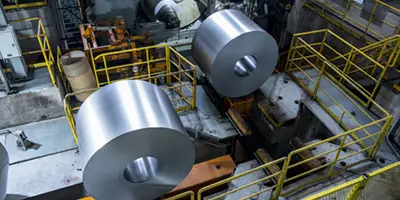

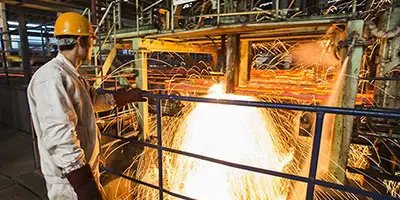
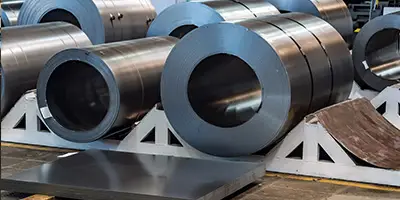

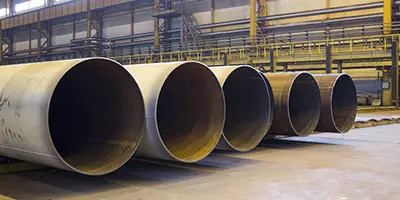
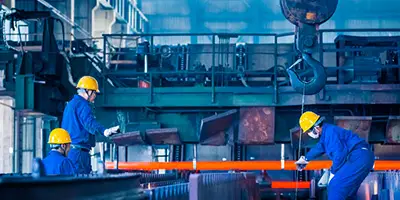
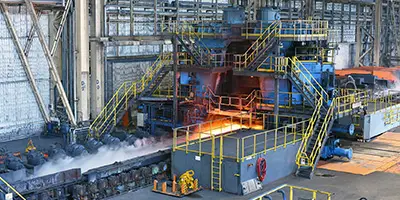
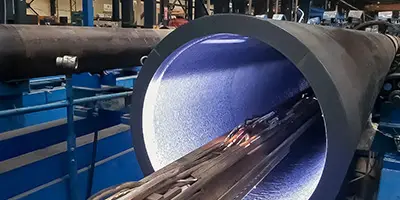
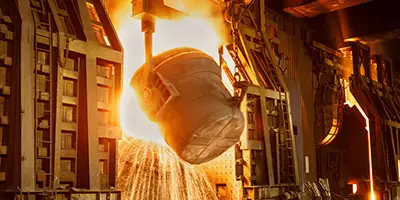
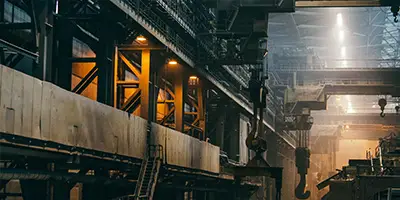
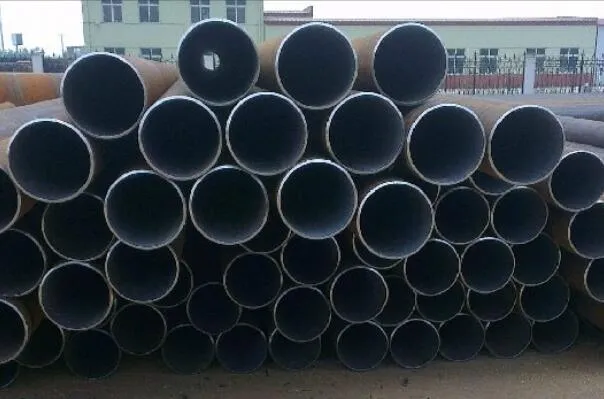
 Phone :
Phone :  Whatsapp :
Whatsapp :  Email :
Email : 


